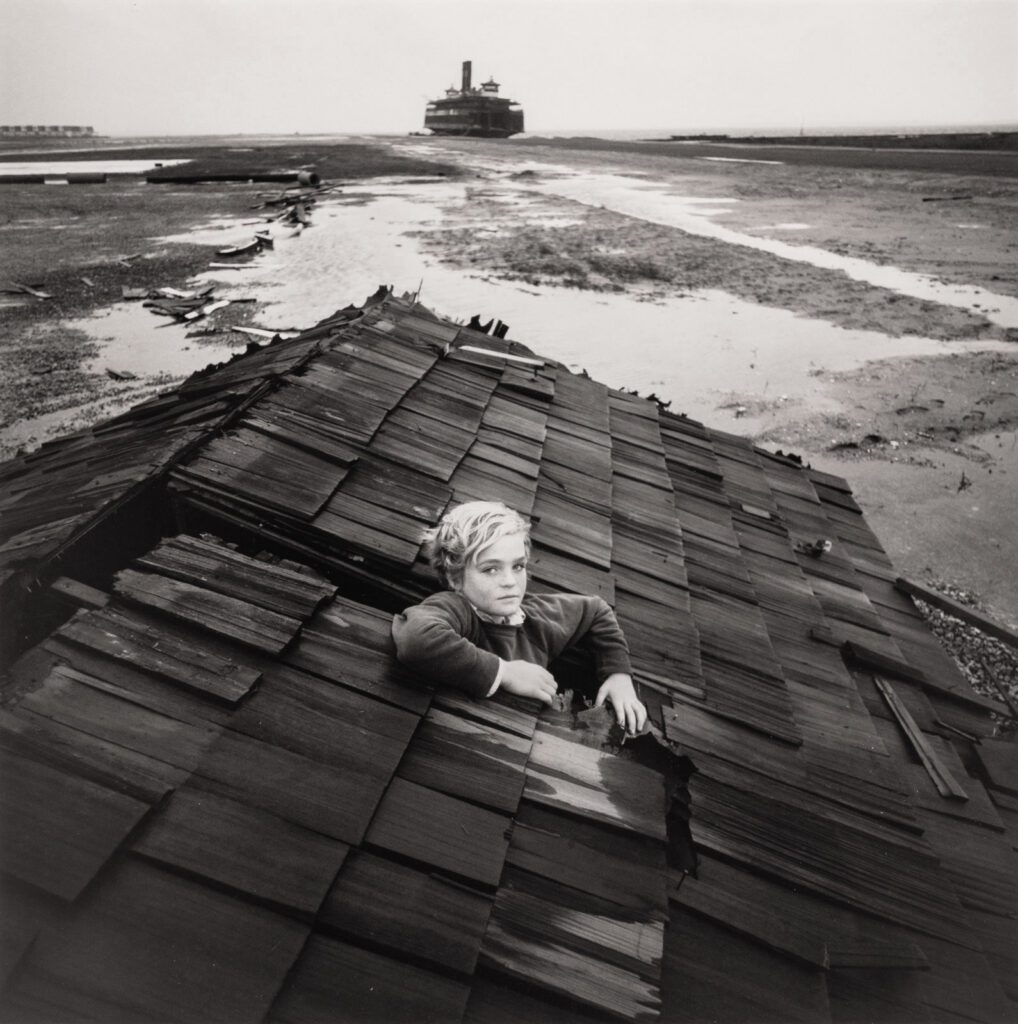Arthur Tress
Arthur Tress (b. 1940) is an American photographer whose work transforms the everyday into the uncanny through staged, cinematic tableaux. Born in New York City, he initially studied filmmaking at Stanford before dedicating himself to photography.
In the late 1960s Tress’s breakthrough came with his black‑and‑white series Landscape with Monsters, in which he built elaborate sets—twisted tree limbs, deflated balloons, mannequins—to evoke a mythic, chiaroscuro world. Rejecting straightforward documentary, he staged each scene with dramatic lighting and symbolic props, inviting viewers into a realm where magic, theater, and fantasy collide.
As his vision evolved, Tress embraced color, introducing a mischievous humor that counterbalanced his earlier darkness. In works like Dream Machine (1985) and Burlesque (1992), he subverted ordinary objects—oversized toys, broken mirrors, carnival paraphernalia—to create rich textures of myth and meaning. His images unsettle and intrigue, encouraging us to see beneath the surface of familiar sights.
Beyond his photographic practice, Tress has taught workshops and lectured widely, championing photography as a medium of imagination and symbolic storytelling. His influence endures in the generations of image‑makers who view the camera not just as a recorder of reality, but as a tool for crafting visual dreams.





